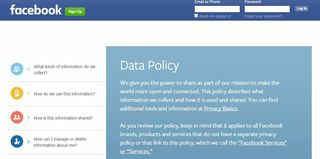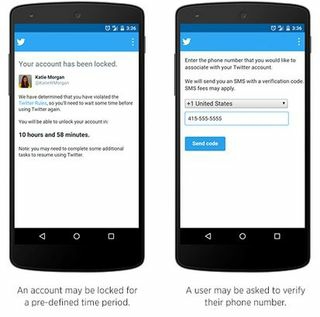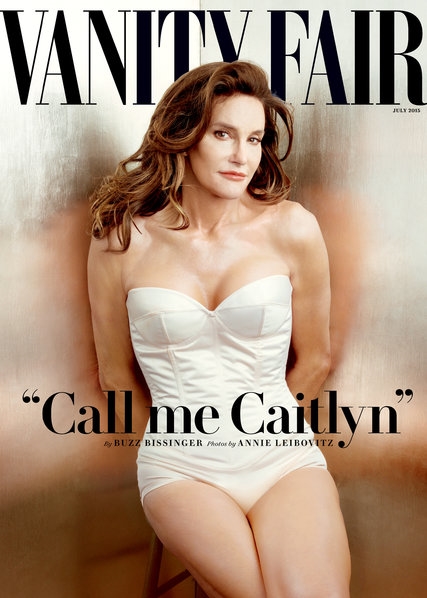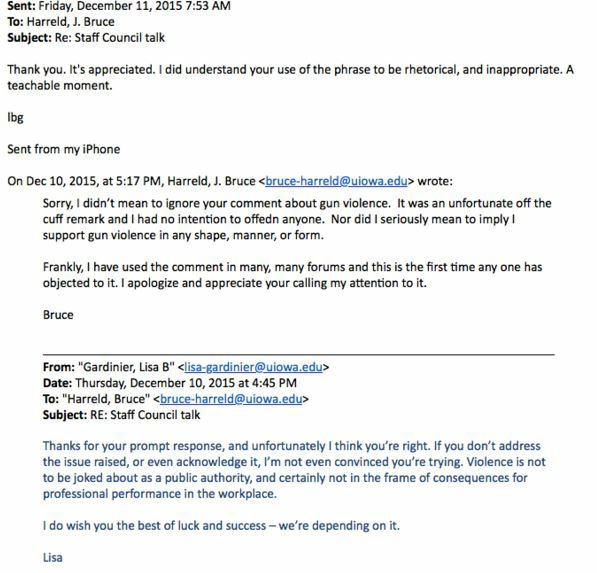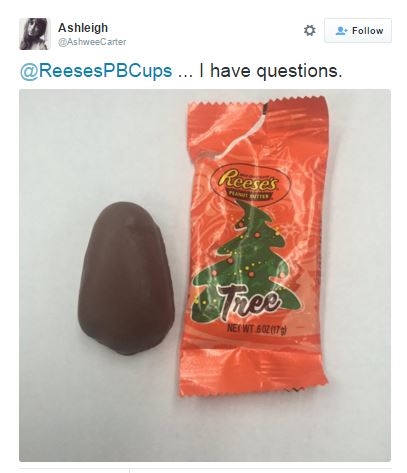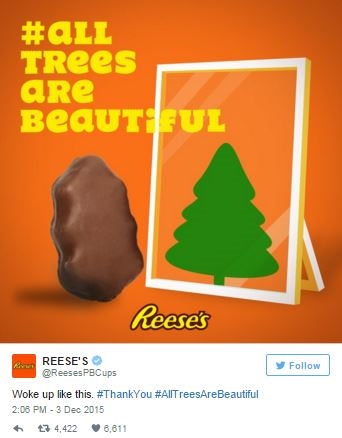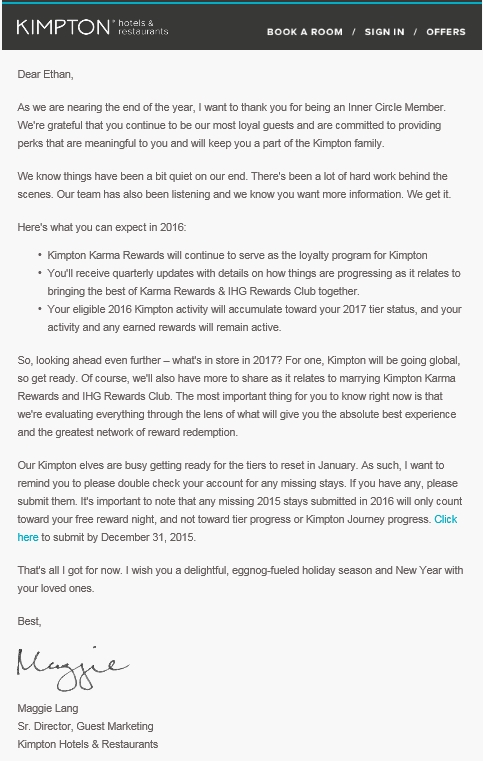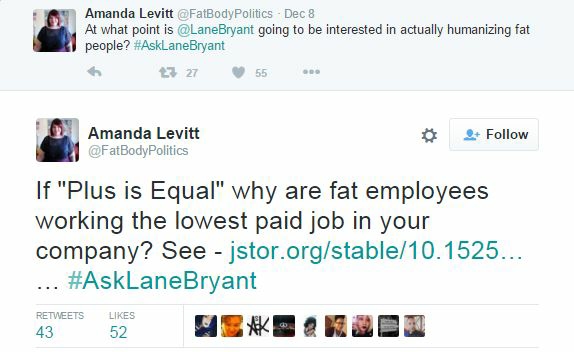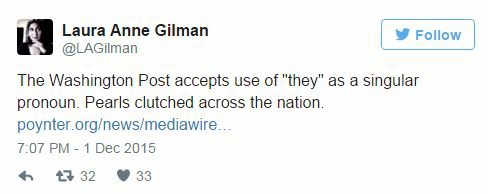Diversity Programs May Do More Harm Than Good
/An HBR article warns that corporate diversity programs may hurt organizations more than help. This is no real surprise given previous literature and jokes like "Diversity Training Day" in the TV show The Office. In this episode, Michael Scott is his usual foolish self, and everyone is just angry.
The article claims that diversity programs have little effect on demographic diversity within an organization; that is, the number of women and people of color doesn't increase, and one study showed a loss of black women in employee representation. The authors write, "extolling the values of diversity and trying to train employees to value it may not convince minorities and women that they will be treated well, and may not increase their representation in the workforce."
One danger of diversity programs is that companies use their existence as evidence of non-discrimination in court cases. I recall working for a large company in New York City that insisted on communicating policies and conducting training for this very reason: just having the programs in place is part of a defensive legal strategy and may make individual managers more responsible for discrimination instead of the company.
According to the studies by the authors, diversity initiatives negatively impact white males: "pro-diversity messages signaled to these white men that they might be undervalued and discriminated against." Similarly, "Groups that typically occupy positions of power may feel alienated and vulnerable when their company claims to value diversity."
From my perspective, diversity isn't a statement or a training program; it's a way of life. This is difficult to put on paper or teach in a classroom.
Discussion Starters:
- What has been your experience with diversity programs? In what ways have you found them useful or damaging?
- How would you advise managers to create a more inclusive working environment? Consider the discussion in Chapter 2 in the textbook and your own thinking about today's workplace.
